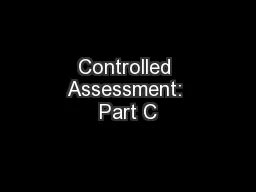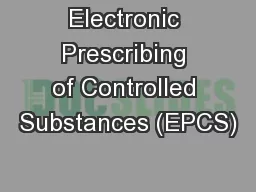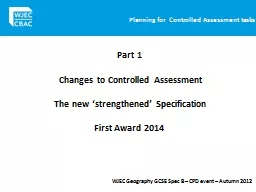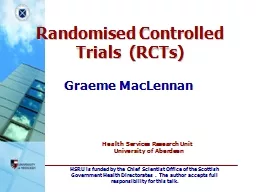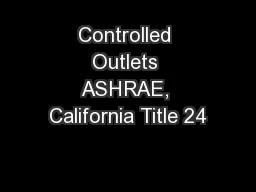PPT-Controlled Assessment: Part C
Author : sherrill-nordquist | Published Date : 2017-04-25
A Analyse all the sources using ABC and decide which is the best representation referring to all factors own knowledge is used to support Judgment B Analyse all
Presentation Embed Code
Download Presentation
Download Presentation The PPT/PDF document "Controlled Assessment: Part C" is the property of its rightful owner. Permission is granted to download and print the materials on this website for personal, non-commercial use only, and to display it on your personal computer provided you do not modify the materials and that you retain all copyright notices contained in the materials. By downloading content from our website, you accept the terms of this agreement.
Controlled Assessment: Part C: Transcript
Download Rules Of Document
"Controlled Assessment: Part C"The content belongs to its owner. You may download and print it for personal use, without modification, and keep all copyright notices. By downloading, you agree to these terms.
Related Documents

